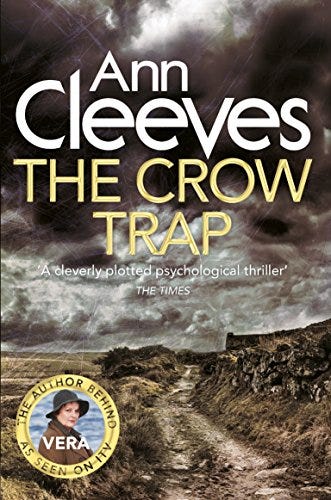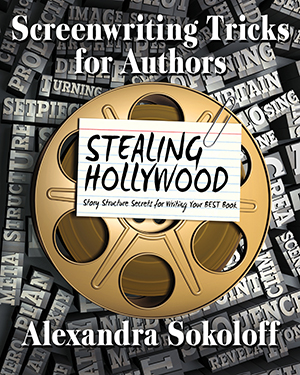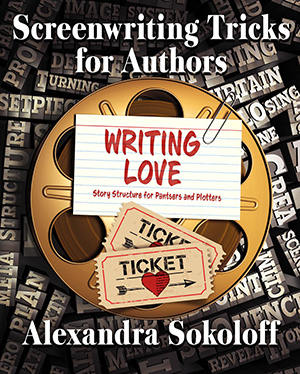Great characters are great from the first moment they appear on the page or screen. We’ve all experienced that electrifying rush—the knowing that this fictional person will be with us for the rest of our lives. So how do authors and screenwriters achieve that magic?
Today we’re going to focus on your INTRODUCTION TO THE MAIN CHARACTER (also helpful for any of your characters!).
I’m not talking about physical character description, here. That can be part of a character introduction, but doesn’t have to be (as you’ll see in a minute!). And physical description rarely gives us the essence of a character. Personally I think action is the most expressive of character. The key word there is personally.
You need to look at character introductions that do what you want to dowith your book or script.
Hopefully I can convince you to commit to always being on the lookout for good ones!
Here’s an easy and fun way to train yourself. It’s one of my favorite non-working work things to do! Take a bunch of books from your TBR pile (literal and virtual), maybe cuddle up with the cat or dog, and read the first chapters of each, one after another. It’s not just a great way for you to get inspiration for writing your own killer first chapter (I posted more about First Chapters here). You can use this exercise to focus in on ANY aspect of your book you need a jolt of inspiration for!
It’s especially helpful for that all-important introduction of your protagonist.
Let’s look at a few standouts I’ve pulled from my own shelves to get you thinking— I’ve chosen book introductions of characters who also became iconic movie/TV characters, to increase the chances that you’re familiar with these books and characters already (and increase your own chances of a movie/TV sale!).
I usually talk about story elements using movie examples because it’s a shortcut for you. But when we’re talking about an element like the Main Character Introduction, it’s important to see how authors do it.

Vera Stanhope, in The Crow Trap.
This Book 1 of the wildly popular traditional “Vera” mystery series, written by the all-around lovely Ann Cleeves, is unusual in that the series lead doesn’t take over the investigation until the Midpoint of the book! But Cleeves introduces her in one scene early on, briefly, with such unforgettable panache that the reader is waiting in suspense for half the book until she barges back into the narrative and takes over. It’s incredibly effective. It’s also a stellar example of a key storytelling technique: the PLANT.
Also this week on Screenwriting Tricks for Authors:
Raiders of the Lost Ark Breakdown
Ten Inciting Incidents to help you write your book
Theme and Thematic Image Systems:




